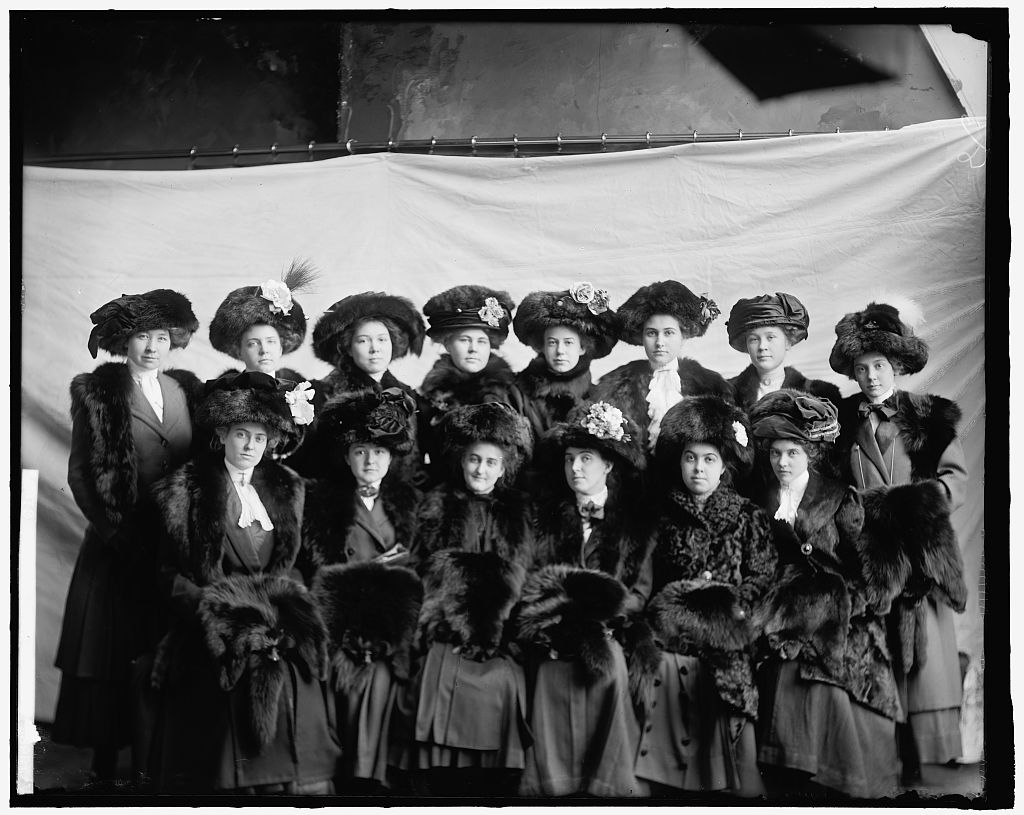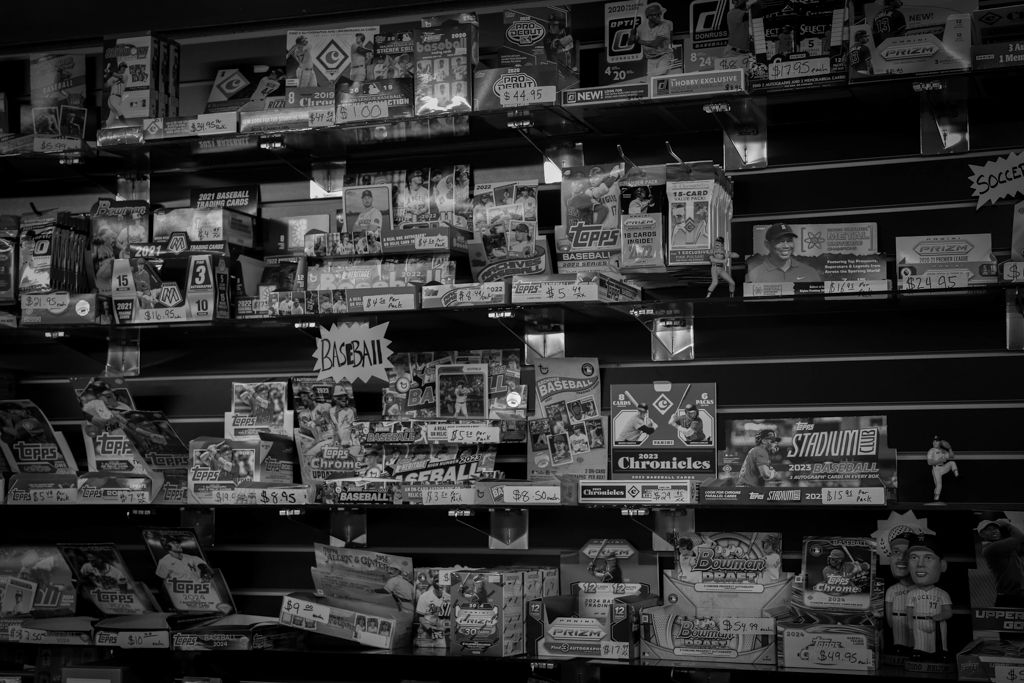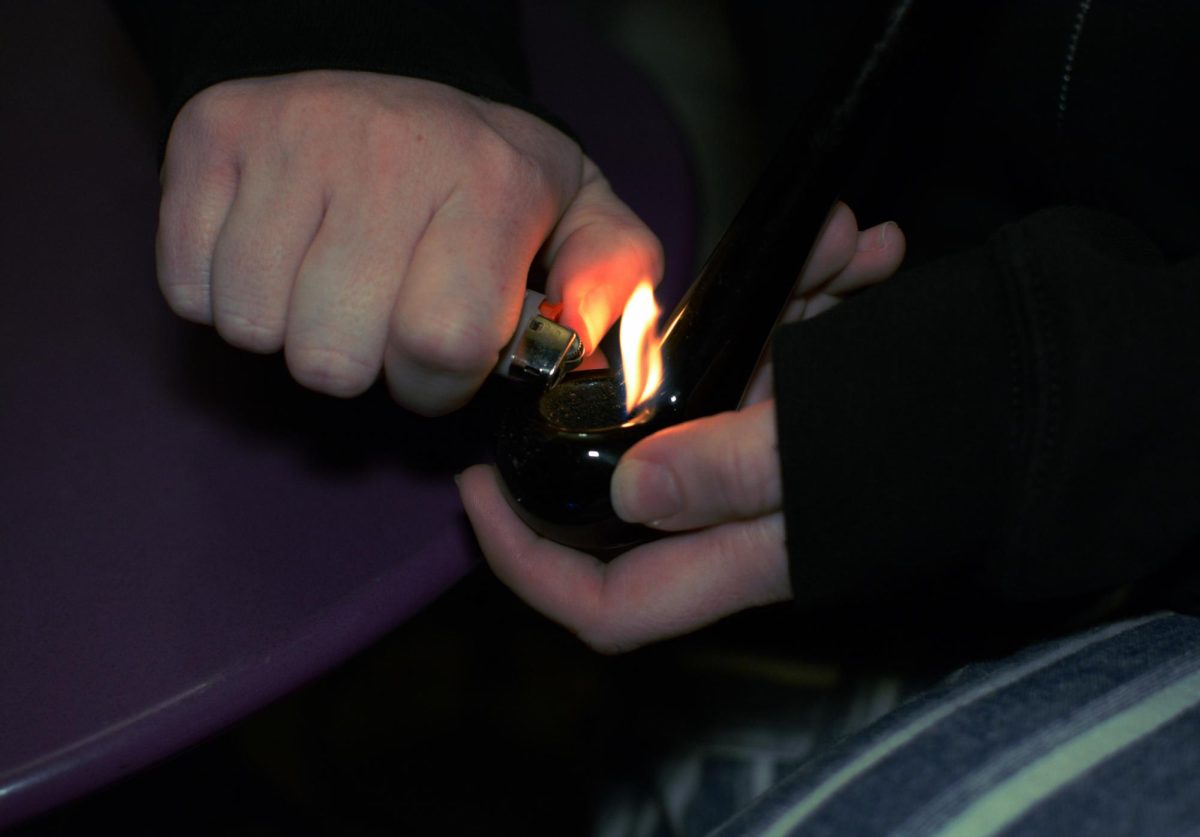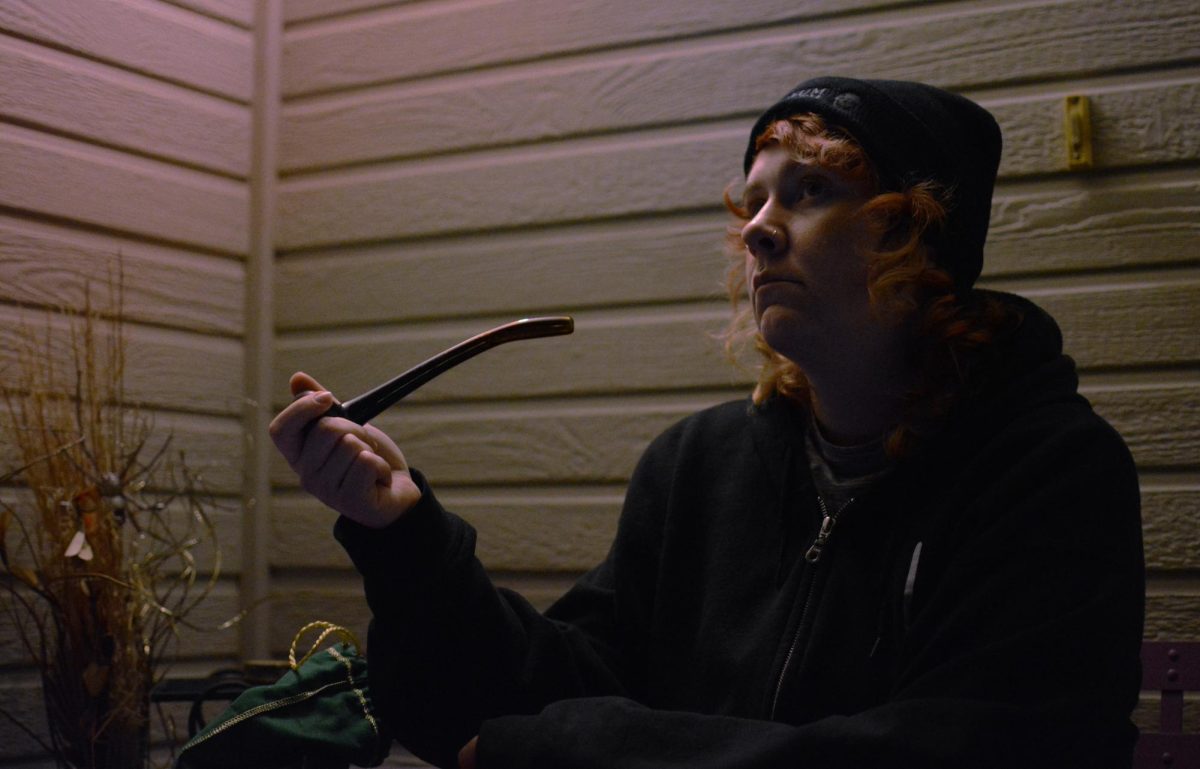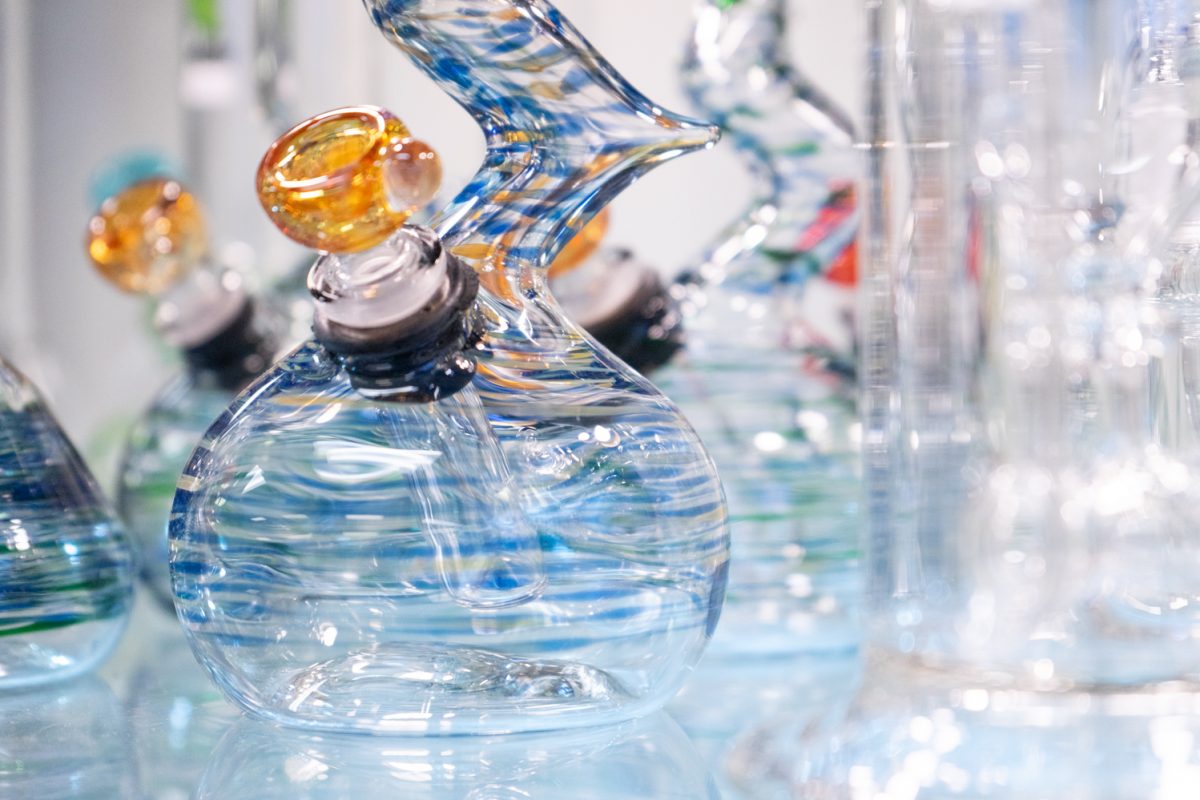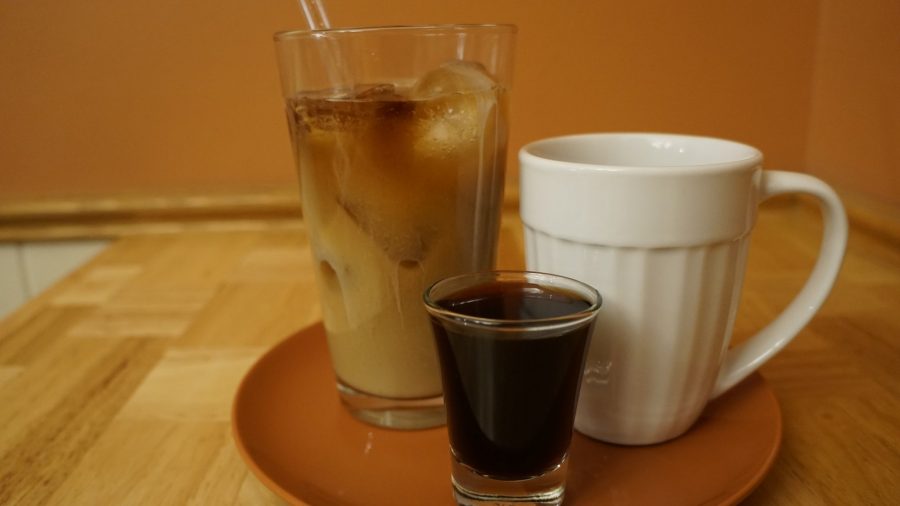The perfect cup of coffee can be tricky to make. This recipe is the culmination of eight months of trials and tweaking proportions to get the best flavor and to streamline the preparation as much as possible.
Cold-brewed coffee tastes less acidic than its piping-hot counterpart and, once prepared, takes less time to make than brewing a fresh pot every morning.
It is possible to cold brew any kind of coffee, but the roast and coarseness of the grounds will impact the outcome. The best results usually come from medium or light roasted coffee beans. While the final flavor is less acidic than hot-brewed coffee, the bolder body flavor of the coffee stands out more. For that reason, it is a good idea for most people to avoid using dark roast. Using whole beans allows control over the coarseness of the grind, making for easier straining later on.

This recipe works great for coffee that can be bought in bulk or value sizes, meaning the concentrate will save money with each cup in the long run. Specialty coffees like vanilla/spice-infused or Vietnamese tend to do better with their own particular brewing methods.
The proportion of coffee to water will determine the strength of the coffee-concentrate that you will get at the end of brewing. 35g of coffee for every cup of water is suggested. A normal French press holds around 3 cups of water, so try using 105g of coffee per batch.
The French press can be used as a container for weighing the beans before grinding, just zero-out the empty press on an electronic scale and then fill it with beans until it is filled with the appropriate weight. Grind the beans as coarsely as the grinder allows and then add them back to the press.
Next, pour in cold, filtered water one cup at a time, waiting one minute between. Make sure all of the grounds come into contact with the water, so after the last cup gently stir the mix together with a wooden spoon (to avoid scratching the French press). Make sure to push the top layer of the grounds down into the water at least once.

Now that the coffee and water are mixed together, leave it alone for 24 hours. This is part of the beauty of cold-brewing; with a bit of preparation, it can make plenty of coffee with minimal effort. If the wait seems too long, a less strong concentrate can be achieved by letting it brew for 12 hours or overnight. But waiting for the full time results in the most flavorful taste. Simply cover your press, using the lid without depressing the strainer plunger, and leave it out on a counter or table where it will not be in the way. It does not need to be refrigerated during this step. Once comfortable with the process, try adjusting the recipe to personal preferences.

After waiting a day, the brew is ready to be strained. Grab a glass container because plastic may affect the taste after a while. Wet a paper coffee filter and place it in the strainer. This way, the paper won’t absorb as much of the coffee. Fine particles will start to collect, so pour half of the brew through one wetted paper filter and then switch to a fresh one to finish it off. For the environmentally-inclined, the leftover coffee grounds can be composted or added to garden soil.
The cold-brewed coffee concentrate is now ready to use. There should be enough for approximately 10 eight fl.oz servings. Simply add the concentrate to water in a 1:3 proportion, such as 2 fl.oz of concentrate (about a shot glass’ worth) to 6 fl.oz of cold or hot water. Refrigerate the leftover concentrate.
For cold coffee, fill a glass with ice, then add the concentrate, cold water and any cream or sugar desired. The concentrate can be especially useful in the mornings, just add it to hot or boiling water for an instant cup of coffee. For the freshest taste, enjoy the concentrate over the next 2 weeks, but it stays good far after that. Just remember to shake it up as time progresses. Over the course of three days, it is easy to make enough concentrate for nearly a month for a cup every day, and there is no need to spend a lot of money either. Experiment with different kinds of coffee, amount of water, brewing time and proportion of concentrate to make the perfect cup.
What you will need:
- French press
- Electronic scale
- Coffee/spice grinder
- Glass pitcher/sealable container
- Liquid measuring cup
- Wooden spoon
- Wire strainer
- Paper coffee filters (paper towels will work in a pinch)
- Coffee – beans are preferred, but grounds will work
- Water
Directions:
- Measure 105g of medium roasted coffee beans and coarsely grind (35g of coffee per 1 cup of water).
- Put the grounds into a French press and add 3 cups of cold, filtered water, waiting one minute between each cup.
- Stir grounds and water mix with a wooden spoon, making sure to push the upper crust to the bottom.
- Let the mix brew for 24 hours (12 hours is acceptable, results in milder flavor).
- Wet a paper coffee filter and place in a strainer over a glass container. Pour half of the concentrate through, then replace the wetted paper filter for the rest.
- Refrigerate, and serve 2 fl.oz concentrate to 6 fl.oz of cold or hot water (1:3 proportion of concentrate to water). Enjoy!










